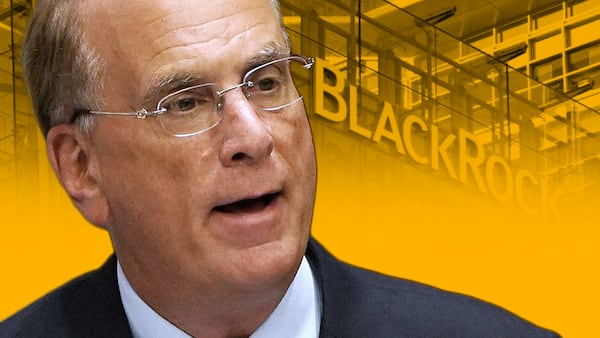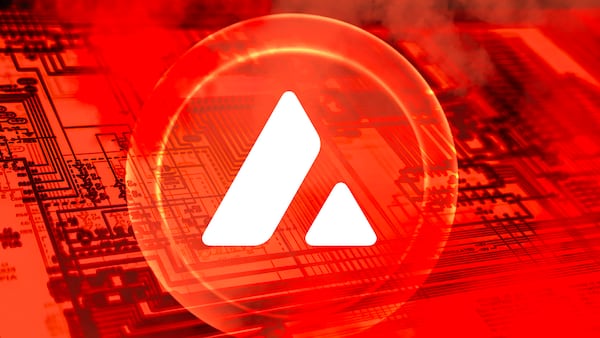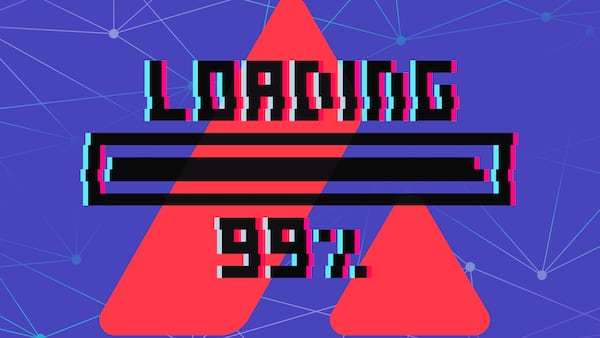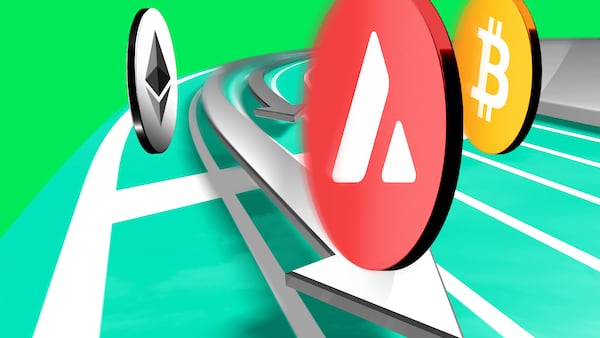- Granite has been activated on the Avalanche blockchain.
- The upgrade includes three improvements to Avalanche and its subnets.
- Investor deposits in the Avalanche DeFi sector are down by $1.5 billion since October.
On Wednesday, Avalanche activated a new blockchain upgrade called Granite, designed for faster and cheaper onchain transactions on the $6 billion chain.
The upgrade focuses on improving how Avalanche handles varying transaction loads, from sporadic usage to peak activity. It’s designed to calibrate the computing resources used by the blockchain based on transaction volume.
Granite should give Avalanche a newfound ability to “adjust throughput based on actual demand,” Bart Smith, CEO of Avalanche Treasury, told DL News. Avalanche Treasury is a digital asset treasury company valued at $675 million, holding $200 million worth of Avalanche. It’s independent of Ava Labs, developers of the Avalanche blockchain.
“When you’re settling tokenised assets during market hours versus moving stablecoins overnight, validators respond to what’s actually happening,” Smith said, while adding that such a level of responsiveness is necessary to bring Avalanche closer to how real financial infrastructure behaves.
The upgrade lands amid the grim state of Avalanche’s DeFi sector. The level of investor deposits in the blockchain’s onchain economy has declined by $1.5 billion since the start of October.
That slump has nearly wiped out all the gains in the Avalanche DeFi sector in 2025.
Measured from the 2022 peak, investor deposits into Avalanche DeFi are down almost 90%.
Biometric authentication
Still, proponents say Granite can help unlock new market opportunities for Avalanche, mainly as it includes features that allow users to sign transactions with biometric data, rather than the usual wallet signing process, which can be difficult for less tech-savvy customers.
“Biometric authentication is the sleeper here,” Smith told DL News.
“Emerging markets with high smartphone penetration can build applications with native fingerprint and facial recognition, and that opens up use cases that have been theoretically possible but impractical to deploy.”
Apart from dynamic response to user traffic and biometric authentication, Granite features one additional update: a new standard for communication across blockchains built on Avalanche.
Avalanche chains, called subnets, communicate using interchain messaging. It’s a system that connects subnets without requiring a bridge to move assets between them. Instead, validators approve transfers across different chains.
Before Granite, the validator set approving these transactions changed with each new Avalanche transaction block. That caused random problems for users.
With Granite, validator sets are frozen in place for short epochs that developers expect will improve transaction flow.
Institutional adoption
These improvements to the subnet model are vital for institutional adoption, according to Smith.
Avalanche hosts more than $3.4 billion in tokenised assets, and has attracted interest from Wall Street Banks, including JPMorgan and Citi, that have developed private subnets on its blockchain.
Onyx, JPMorgan’s blockchain division, has tested tokenisation and portfolio management protocols on Avalanche.
Osato Avan-Nomayo is our Nigeria-based DeFi correspondent. He covers DeFi and tech. Got a tip? Please contact him at osato@dlnews.com.









